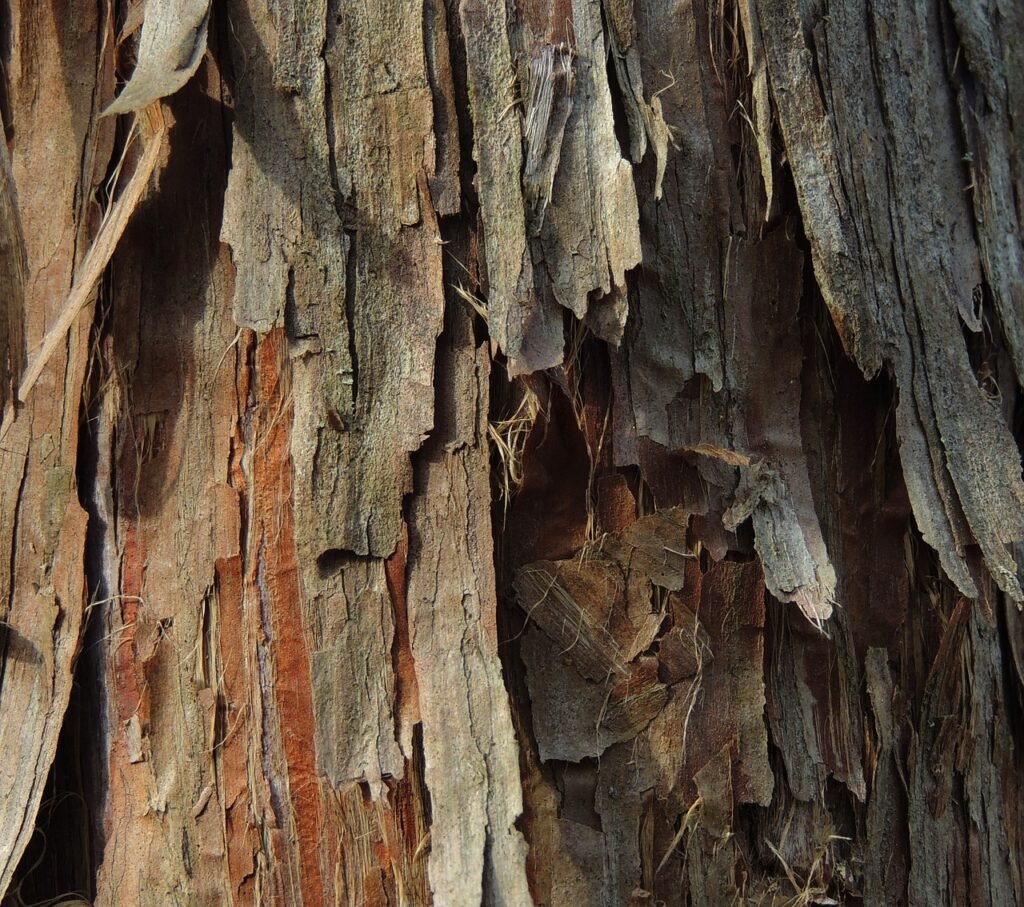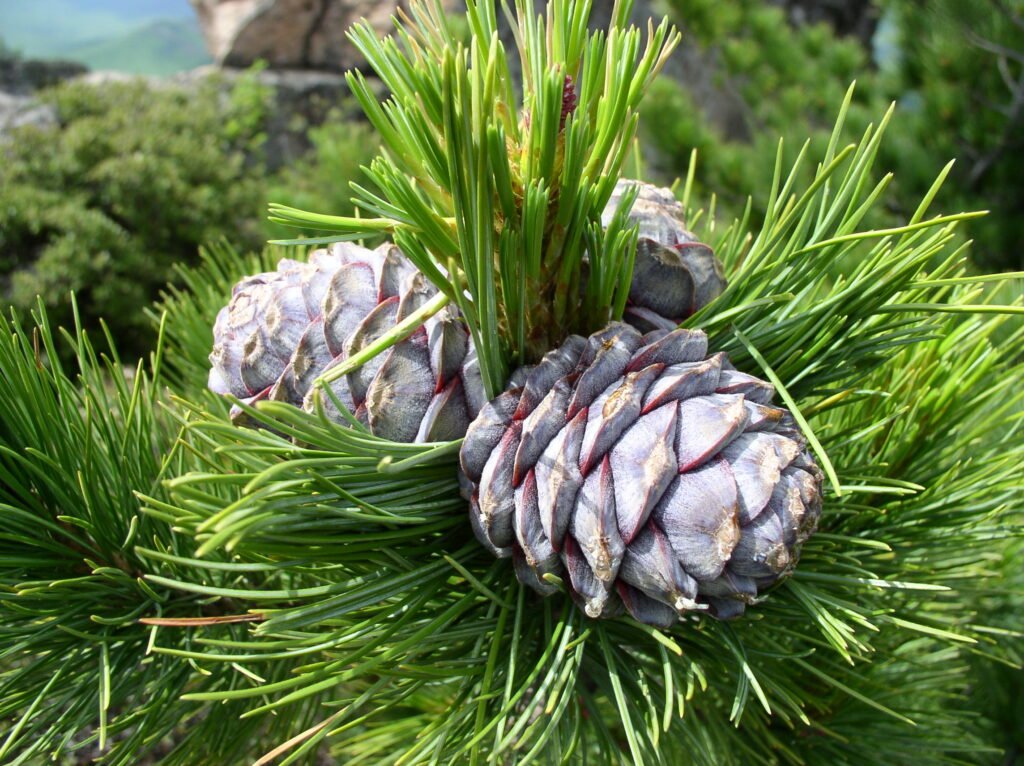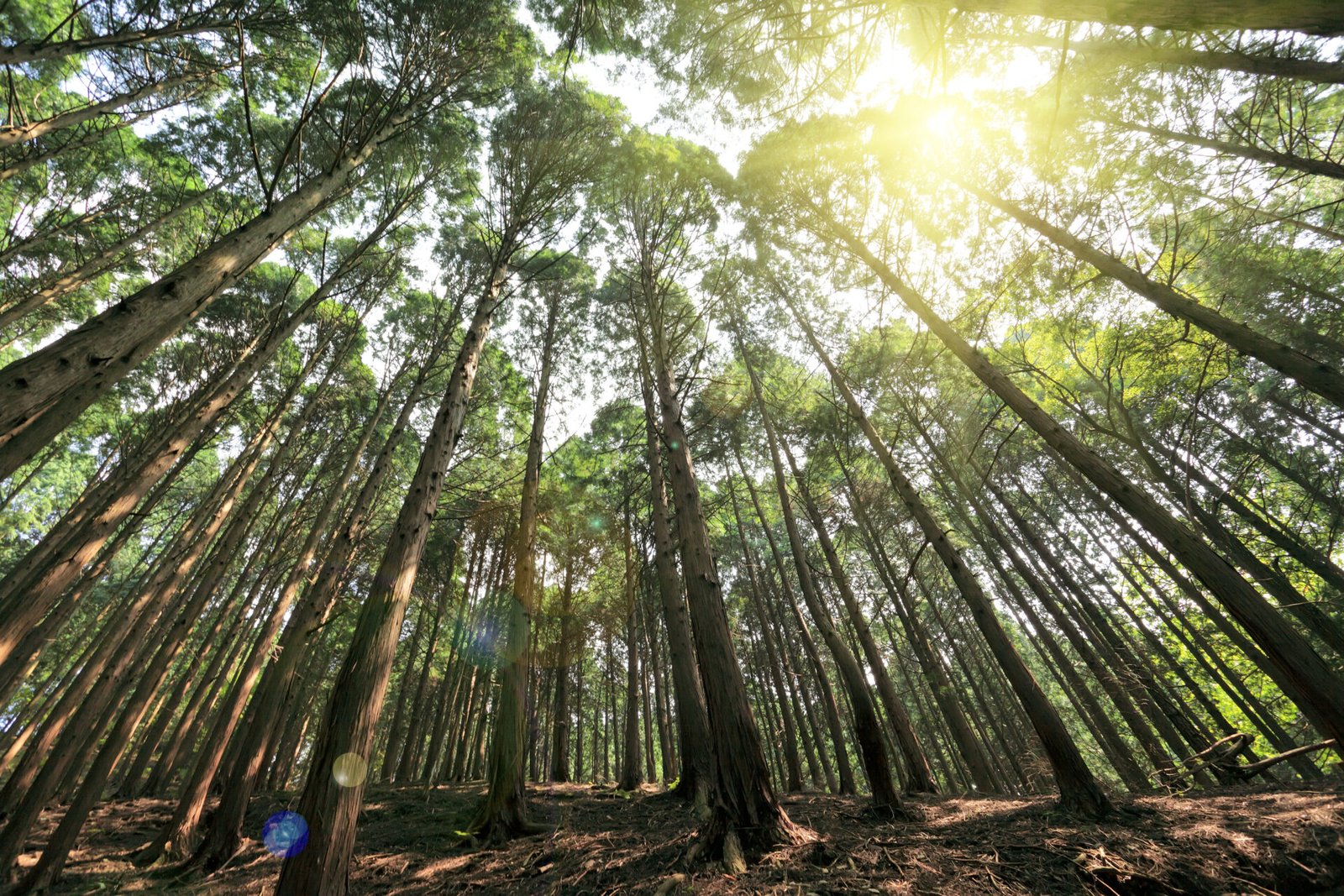Table of Contents
If you’re interested in learning about different tree species, identifying cedar trees can be a rewarding challenge. Cedars are known for their aromatic wood and distinctive foliage, making them a favorite among nature lovers. In this comprehensive guide, we’ll provide you with the knowledge to easily identify various types of cedar trees.
Whether you’re a seasoned botanist or simply an admirer of nature’s beauty, understanding cedar tree characteristics and growth patterns can enhance your connection to the natural world. From the Eastern Red Cedar to the Northern White Cedar, we’ll help you recognize the unique features of different cedar tree species.
Key Takeaways:
- Cedar tree identification involves recognizing the different species and their unique characteristics
- Cedar trees have distinct foliage, bark, and cones that can be used for identification
- It’s important to understand cedar tree growth patterns and habitats to recognize their presence in specific environments
- Preservation efforts are necessary to protect cedar trees and their ecosystems
- There are various types of cedar trees found in North America, each with its own particular features
Identifying Cedar Tree Species
If you’re trying to identify a cedar tree, there are a few key characteristics to look for. Cedar trees have distinctive features that make them easy to distinguish from other types of trees. Below, we’ll explore the cedar tree characteristics that will help you identify different species.

Cedar Tree Leaves
Cedar tree leaves are evergreen and stay on the tree all year round. They are typically arranged in a spiral pattern and are either needle-like or scale-like in shape. Eastern Red Cedars, for example, have needle-like leaves that are arranged in a spiral pattern, while Northern White Cedars have scale-like leaves that overlap each other.

Cedar Tree Bark
Cedar tree bark is also a key characteristic to look for when identifying cedar tree species. Most cedar trees have bark that is reddish-brown, gray, or a combination of both. The bark of younger cedar trees is often smooth and thin, while the bark of older trees becomes rough and thick. For example, the bark of Eastern Red Cedars is reddish-brown and exfoliates in thin, papery strips, while the bark of Western Red Cedars is gray and fibrous.

Cedar Tree Cones
Cedar trees produce cones as a way of reproducing. The cones of cedar trees are woody and generally small in size. They can be either male or female. Male cedar tree cones are typically small and are located at the tips of branches, while female cones are larger and are located closer to the trunk of the tree. Different species of cedar trees have cones with different shapes and sizes. For example, the cones of Eastern Red Cedars are small and round, while the cones of Western Red Cedars are larger and oblong in shape.
By observing these key characteristics of cedar trees, including their leaves, bark, and cones, you’ll be better equipped to identify different species. Keep these tips in mind when exploring the great outdoors and learning about the diverse world of cedar trees.
Understanding Cedar Tree Growth Patterns
Cedar trees are known for their exceptional growth patterns and unique habitats. Understanding these characteristics is essential to identifying cedar trees in the wild.
Cedar trees are typically found in areas with well-drained soils and plenty of sunlight. They can grow in a variety of soil types, from rocky to sandy to loamy, and are often found in areas with high levels of precipitation.
The growth patterns of cedar trees are quite distinct. They tend to grow tall and slender, with a narrow crown and a conical shape. The branches of cedar trees are often droopy and hang downward, creating a distinctive look.
| Cedar Tree Growth Patterns | Cedar Tree Habitats |
|---|---|
| Cedar trees have conical shapes with a narrow crown | Grows in areas with well-drained soils and plenty of sunlight |
| Branches are droopy and hang downward | Can grow in various soil types, from rocky to sandy to loamy |
| Tend to grow tall and slender | Found in areas with high levels of precipitation |
Overall, cedar trees have distinct growth patterns that make them easy to identify once you know what to look for. By understanding their habitat requirements, you can also better predict where cedar trees are likely to be found in the wild.
Appreciating the Beauty of Cedar Trees
The majestic quality of cedar trees is undeniable. From their towering height to their unique foliage, cedar trees are a valuable asset to any natural landscape. In fact, cedar trees are often revered for their beauty.
One of the most noteworthy characteristics of cedar trees is their needle-like leaves. While other conifers have flat or rounded leaves, cedar trees boast needle-like foliage that sets them apart. These leaves are arranged in a spiral pattern and are often a bright green color. This distinctive foliage is present all year round, making cedar trees a standout feature in any season.
The bark of cedar trees is another striking characteristic. Depending on the species, cedar tree bark can range from a smooth, reddish-brown texture to a fibrous, scaly exterior. The bark may also contain natural patterns and lines, adding to its aesthetic appeal.
Additionally, cedar trees are known for their unique cones. Unlike the symmetrical cones of other conifers, cedar tree cones are oblong in shape and have a distinctive woody texture. These cones are often used in decorative arrangements due to their unusual appearance.
In summary, the beauty of cedar trees lies in their distinct foliage, striking bark, and unique cones. These characteristics make cedar trees a valuable addition to any natural landscape and a true wonder of the outdoors.
Preserving Cedar Trees and Their Ecosystems
Cedar trees are not just beautiful and majestic, but they are also an important part of many ecosystems. They provide habitat for countless species of wildlife, including birds, insects, and mammals. Moreover, cedar trees play a crucial role in stabilizing soil and preventing erosion.
Despite their many benefits, cedar trees are vulnerable to habitat loss and destruction. As human populations continue to grow, more and more natural habitats are being destroyed to make way for development. It is therefore essential to take measures to preserve these valuable resources.
One way to protect cedar trees and their habitats is to support conservation efforts. Many organizations work tirelessly to protect natural areas and the species that live within them. By supporting these organizations or participating in their programs, you can help preserve cedar tree habitats for generations to come.
Another way to preserve cedar trees is to use them sustainably. Cedar wood has been used for centuries for a variety of purposes, including building materials, furniture, and decorative items. However, it is essential to ensure that cedar trees are harvested responsibly and not overexploited.
Cedar trees are also valued for their medicinal properties. The bark, wood, and leaves of cedar trees are used in traditional medicine to treat various ailments, including respiratory and skin conditions. However, it is important to ensure that the harvesting of these materials does not harm the cedar tree population or its ecosystem.
In conclusion, preserving cedar trees and their habitats is crucial for maintaining ecological balance and protecting the numerous benefits they provide. By supporting conservation efforts and using cedar trees sustainably, we can ensure that future generations can continue to appreciate these magnificent trees and the habitats they create.
Common Types of Cedar Trees
Cedar trees are a diverse group of evergreen trees that are native to various regions in North America. Here are some of the most common types of cedar trees:
| Cedar Tree Species | Unique Characteristics |
|---|---|
| Eastern Red Cedar | This species is typically found in eastern North America and is known for its reddish-brown bark and small, bluish-green foliage. |
| Northern White Cedar | This species is found in the northeastern part of North America and is known for its soft, feathery foliage and reddish-brown bark. |
| Port Orford Cedar | This species is found in the Pacific Northwest and is known for its fragrant wood, which is often used for building boats and furniture. |
| Deodar Cedar | This species is native to the Himalayas and is known for its large, drooping branches and soft, blue-green needles. |
| Atlantic White Cedar | This species is found in the eastern part of North America and is known for its narrow, pyramid-shaped form and soft, gray-green foliage. |
These cedar tree species are just a few examples of the diverse range of evergreen trees that can be found in North America. By understanding their unique characteristics, you can better appreciate the beauty and importance of cedar trees in our natural ecosystems.
Conclusion
Identifying cedar tree species and understanding their characteristics is crucial in enhancing your love for nature. Cedar trees have unique features like their leaves, bark, and cones that allow you to differentiate between different types of cedars. By appreciating the beauty of cedar trees, you develop a deeper connection with the environment around you.
It is essential to preserve cedar trees and their ecosystems, as they serve a significant role in the natural world. Cedar trees have various uses, including medicinal purposes, timber, and ornamental purposes. Conservation efforts must be put in place to protect these valuable resources.
Now that you have a comprehensive guide to identifying cedar tree species, you can easily spot them in different habitats. By connecting with nature, you can help preserve the environment and make the world a better place. Remember to keep an eye out for these majestic trees next time you’re out in the wild.
Frequently Asked Questions:
How can I identify different types of cedar trees?
You can identify different types of cedar trees by looking at their leaves, bark, and cones. Each species has unique characteristics that can help you differentiate between them.
What are the key features to look for when identifying cedar tree species?
When identifying cedar tree species, pay attention to their leaves, bark, and cones. The shape, color, and texture of these features can vary among different types of cedars.
Where do cedar trees typically grow?
Cedar trees can grow in a variety of habitats, including forests, mountains, and even urban areas. Understanding their growth patterns can help you identify their presence in specific environments.
What makes cedar trees visually stunning?
Cedar trees are known for their majestic stature and distinct foliage. Their unique characteristics, such as their aromatic scent and vibrant color, make them visually appealing in natural landscapes.
Why is it important to preserve cedar trees and their ecosystems?
Cedar trees play a vital role in ecosystems as they provide habitat for various species and contribute to biodiversity. Additionally, cedar wood has numerous uses, making conservation efforts crucial to protect these valuable resources.
What are some common types of cedar trees found in North America?
Some common types of cedar trees found in North America include Eastern Red Cedars and Northern White Cedars. Each species has its own unique characteristics that can help with identification.







